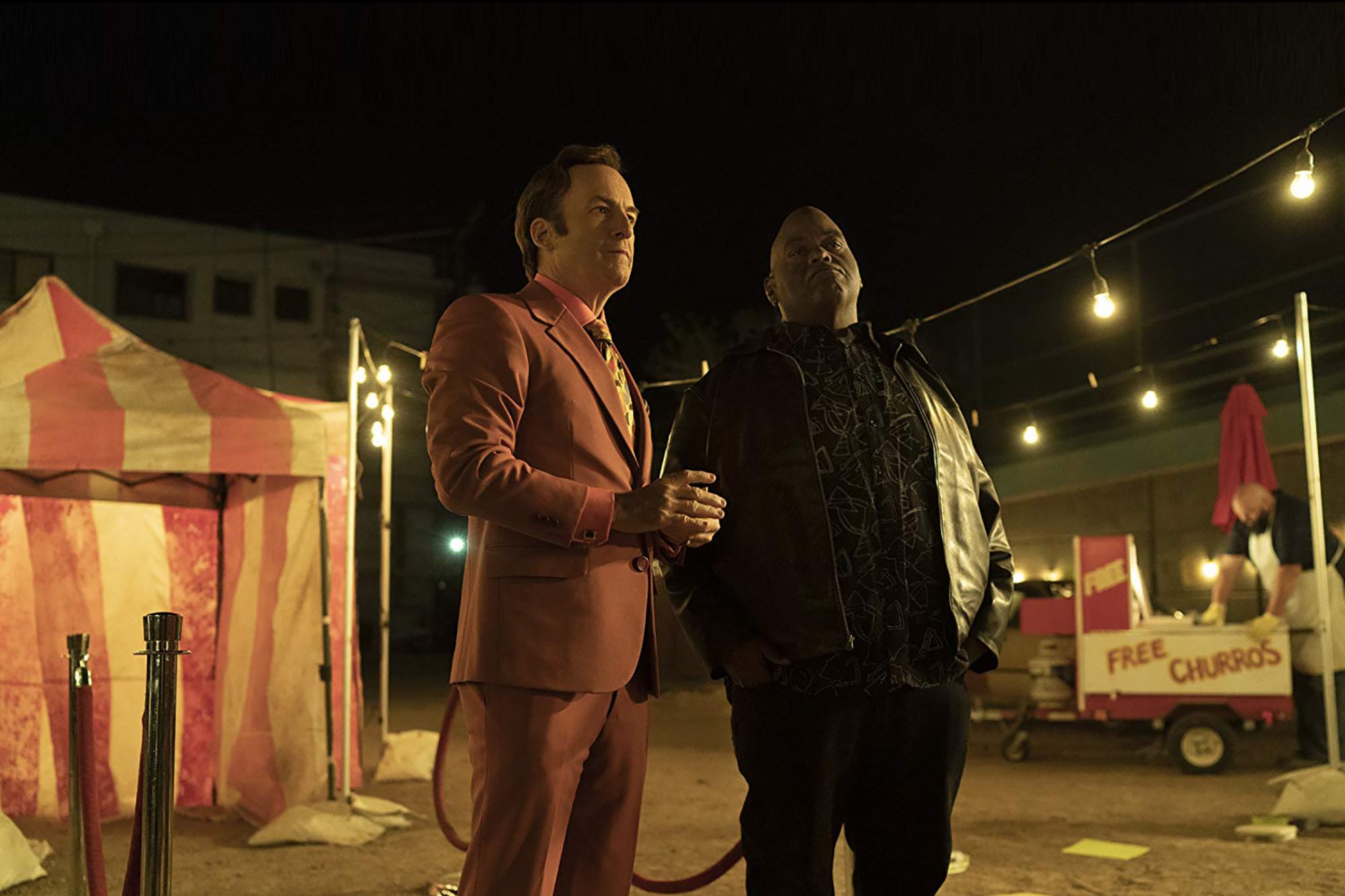How to Boost Your Sales Onsite We Bring You the ways to get your brand identified by the customers online
Opinions expressed by Entrepreneur contributors are their own.
You're reading Entrepreneur India, an international franchise of Entrepreneur Media.

55% of consumers turn to Amazon first when looking for products online. Now that's a sizeable number of your potential customers. It also means that onsite search influences offline sales as customers' search, compare, gather and evaluate information before making the final purchase. Ergo, it's important that your brand is discoverable when customers are searching for your brand onsite.
These are some of the things that brands should implement to boost sales onsite.
Have a "keyword strategy' in place
We can do that by "keyword harvesting' for onsite paid campaigns and optimizing onsite product page content. This can be done in two ways
- Discoverability in organic rankings:
It's very crucial to shortlist the right keywords for your brand. It has to be a mix of brand terms and category terms. Be mindful that there is a limit to the number of keywords you can optimize the product page content for. The product "title' is the most critical factor to rank high in the A9 algorithm, followed by bullets and then your product description. Make sure your category keywords are well seeded into your on-site content, for in most cases, category search volumes are high hence makes sense to rank them high on those search terms.
- On-site paid campaigns visibility:
We cannot isolate organic visibility from paid visibility when it comes to driving gross volumes (sales) on marketplaces. While an organic strategy is a time consuming process; a good paid strategy helps drive instant results as you can target at different stages of the consumer journey on-site. You can not only target shoppers' basis your brand and category terms but also in terms of competition.
Good in-store customer experience
1 in every 3 consumers have bought from a brand other than they intended because of the information they received while shopping online. That's the power of great product content. Retailers want content that drives customer engagement – content that shows the product in a positive and inspiring light, tells a cohesive story, explains features and benefits, and closes the sale by giving the shoppers a reason to purchase.
Incomplete information, outdated listings, poor imagery leads to confusion, returns, poor customer experience and hence impacts sales.
- Activate "on-site' media
This one has been under-played most of the time. Have seen brands focus a lot on marketing channels that focus on "the top of the funnel' i.e. building awareness, but there is a lack of attention to building "Consideration & trials' i.e. (driving conversions).
As a brand you must own both, this can be achieved through on-site searches and display campaigns to drive category visibility, awareness and eventually sales.
- Drive relevant off-site traffic on-site
Only targeting on-site shoppers narrows your reach and volumes. It's important to have an equally potent off-site media strategy. Drive relevant traffic off-site by intent based targeting, remarketing, using website data and traffic effectively.
Important to listen to the consumers
It's very important to listen to the consumer responses that appear at the bottom of your product page in the form of "Reviews & Ratings and "Q & A's. There are researches and tests that indicate a 15% jump in conversion rate if the top verified customer reviews are 5 star and the brand is responsive to customer queries.
"Customer Reviews' work as assurances to the shopper and hence are influential in driving sales.
On shelf availability
Keep an eye on the stock available in-store. You cannot have your "best-sellers' out of stock for sure. Not only are you losing the sale, you are also losing the customer, which leads to high bounce rates, giving your competition a push and bleeding money on paid campaigns.













